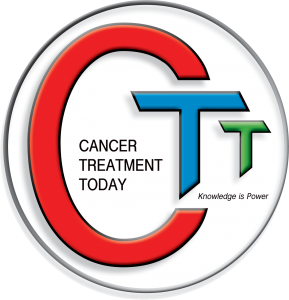Rituxan for PTLD -pro
Post-transplant lymphoproliferative disease (PTLD) remains a major complication after solid organ and allogeneic stem cell transplantation. It is usually related to outgrowth of lymphocytes infected with Epstein-Barr virus (EBV). Following titers and an individualized treatment plan including decreased immunosuppression and other agents should be chosen based on the severity and extent of disease.
Some classify PTLD into three groups(1): Early lesion (ie, plasmacytic hyperplasia and infectious mononucleosis-like PTLD), Polymorphic PTLD and Monomorphic PTLD Monomorphic PTLD. Rituxan appears to have some role in the management of this condition. Several studies show that it reduces both the titers and severity of PTLD. It can be given by itself of with low dose chemotherapy(2).
The strategy of following titers and giving prophylactic Rituxan has not been formally studied. Most published studies have dealt with treating patients who already have PTLD.
1.Swerdlow SH, Campo E, Harris NL, et al. World Health Organization Classification of Tumours of Haematopoietic and Lymphoid Tissues, IARC Press, Lyon 2008.
2.Gross TG, Orjuela MA, Perkins SL, Park JR, Lynch JC, Cairo MS, Smith LM, Hayashi RJ.Low-dose chemotherapy and rituximab for posttransplant lymphoproliferative disease (PTLD): a Children’s Oncology Group Report. Am J Transplant. 2012 Nov;12(11):3069-75.
3.Jain AB, Marcos A, Pokharna R, Shapiro R, Fontes PA, Marsh W, Mohanka R, Fung JJ.Rituximab (chimeric anti-CD20 antibody) for posttransplant lymphoproliferative disorder after solid organ transplantation in adults: long-term experience from a single center. Transplantation. 2005 Dec 27;80(12):1692-8.
5..N. Milpied et al, Humanized anti-CD20 monoclonal antibody (Rituximab) in post transplant B-lymphoproliferative disorder: A retrospective analysis on 32 patients Medicine, Annals of Oncology
Volume 11, Issue suppl 1, Pp. S113-S116.
For Lay version see here
